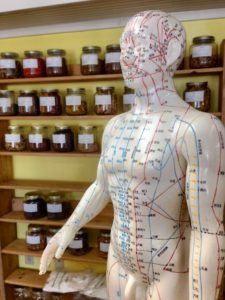
What does cupping have to do with Springtime? Spring is a time for new beginnings. For flowers and trees to bloom. For Konmari-ing the house. But what many may not know is that our bodies needs a little spring cleaning, too! (Keep reading to discover more and for a special discount offer!)
Spring’s energy has a direction, which follows the growth of seeds: the inside (seed) moves outward (seedling) in the process of germination. Some ancient texts also call the direction “upward”. The same direction occurs in our bodies. In South Florida, the direction may not be as dramatic, but as warmer temperatures arrive, the blood vessels dilate, and circulation moves closer to the surface so the body can better regulate the body in warmer temps and more physical activity.
As stated in a previous post about eating for the seasons, it is easier for the body to go WITH the nature of the season, instead of fighting against it. So, at this time of year, it is very beneficial to have cupping done.
Spring is the time for Cupping!
Cupping is the application of a cup-like device to the body with negative (suction) pressure. It pulls from the deep tissue (inner) toward the surface (outer). It follows the direction of Spring, and going with season is synergistic for healing.
Why cupping?
Cupping is an ancient therapy that dates back thousands of years. The first “cups” were animal horns, then bamboo or clay pots. The suction of the cups was produced by rapidly heating the air inside the cup and quickly placing it on the skin. The heated air creates the negative pressure to pull the skin/tissue into the cup. In modern times, this practice is called “fire cupping” and utilizes glass cups. Another form is with silicone cups. The last is with plastic cups with a valve at the top. A pump pulls a metered amount of air out of the cups; the advantage to using these cups is complete control of the suction on the cup.

Cupping has many advantages. One relates to the negative pressure on the tissues. It is the opposite of touch. The pulling can release muscles spasms, break up adhesions, and, most importantly, pull toxins to the skin’s surface such as inflammatory markers, lactic and uric acid, and “old” blood residues that have been sitting deep in the tissue. The skin can better circulate these painful chemicals away to bring relief. Fresh blood supply can then come in to better heal the tissue. In addition, it can help the body release its own opioids for pain relief, and most patients find it very relaxing.
Cupping can also activate the immune and lymphatic systems and has been well-documented to treat skin issues such as herpes zoster, acne, boils, etc… Cupping on certain areas has been shown to clear respiratory infections and activate white blood cells to fight infections.
For more “scientifically worded” info on the benefits, please feel free to click on the following links:
Modern Cupping
Many celebrities and athletes advertise the advantages of cupping. Michael Phelp’s bruises in the 2016 Olympic Games announced the advantages of this therapy to the world. He used it to recover from strenuous workouts and the rigors of competition. In 2013, Gwyneth Paltrow, Jennifer Aniston, and others have sported their round skin marks publicly.
What about the Bruises??
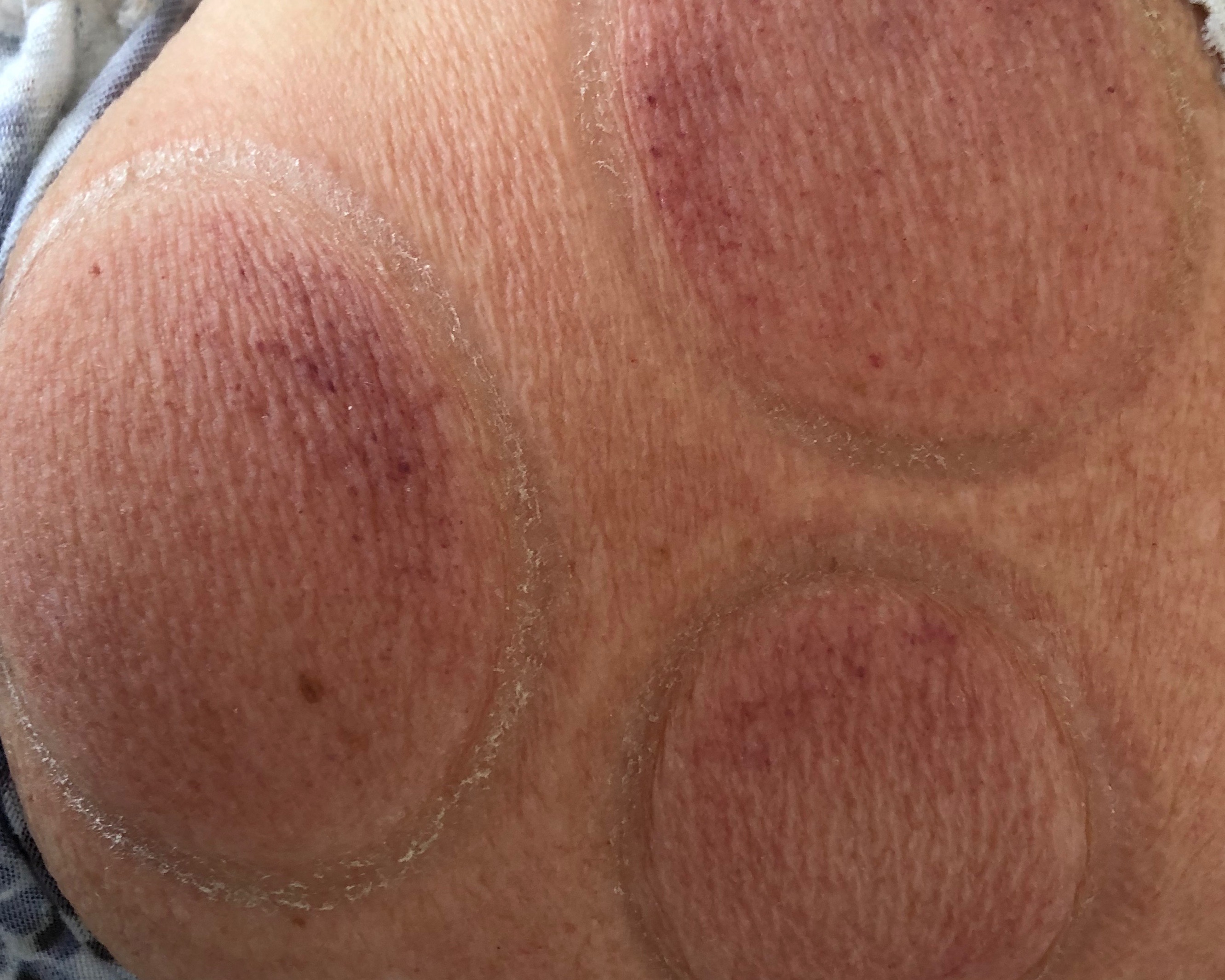
First, let’s be clear: these marks look like bruises but do not hurt. Bruising with cupping is common, and each bruise type signifies a different underlying problem in the body. In a healthy body with good circulation, bruises can last 3-4 days. If they last longer than 7 days, the body has a circulation problem and may need acupuncture or herbs to help increase circulation. Here’s what the cupping bruises can mean:
- Light purple: insufficient blood supply in the tissues
- Dark purple or brown: old blood sitting deep in the tissue, also called “stagnation”
- Red or brown flecks: toxins or “heat” in the muscles–the kind that sometimes cause the burning sensation in the muscle (don’t worry, the cupping doesn’t “burn”).
Cupping at Allen Acupuncture & Wellness

Typically, cupping can be included in an acupuncture treatment along with needles, allergy elimination, or auricular therapy. The tight or painful areas can be cupped, releasing the tissue and relieving the problem. Most people find it relaxing because it also releases endorphins just like acupuncture. Kids and adults LOVE it! Children as young as 7 to adults in the 80’s regularly request cupping along with their other therapies because it helps them feel better.
WHAT’S THE DEAL???
Here’s the DEAL! I think everybody should at least TRY cupping! To help expose more people to the benefits, Allen Acupuncture is offering a SPECIAL, 20-30 minute cupping session for only $35! That’s cheaper than a crappy massage!
Tell your family, friends, co-workers, etc… to call or text (561-922-7535), click or email Allen Acupuncture & Wellness for this special deal, now through May 15th, 2019. Make that appointment today!

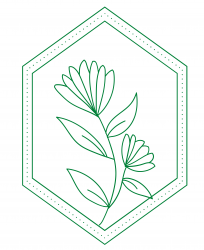
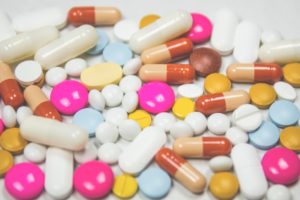
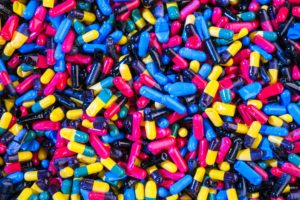
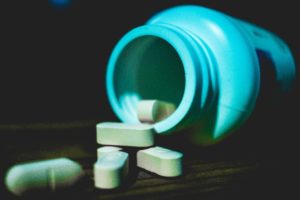 Be educated about your medications. Read the packaging that comes with your prescriptions. Watch out for symptoms and side effects. Sometimes these effects are cumulative and may take a while for your body to express. And sometimes, as this study shows, less-likely side effects may be more likely when combined with other medications.
Be educated about your medications. Read the packaging that comes with your prescriptions. Watch out for symptoms and side effects. Sometimes these effects are cumulative and may take a while for your body to express. And sometimes, as this study shows, less-likely side effects may be more likely when combined with other medications.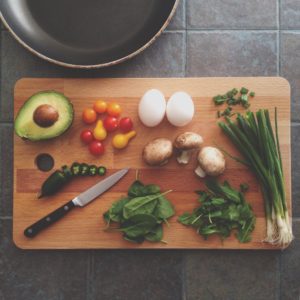 Diet and lifestyle changes. Let’s be honest. Change is difficult and sometimes inconvenient, but changes can bring health from the inside out. These choices are long-term, life-giving options that do not come with negative or dangerous side effects. For example, diabetic or blood-pressure medications may be reduced by losing weight and exercising.
Diet and lifestyle changes. Let’s be honest. Change is difficult and sometimes inconvenient, but changes can bring health from the inside out. These choices are long-term, life-giving options that do not come with negative or dangerous side effects. For example, diabetic or blood-pressure medications may be reduced by losing weight and exercising.